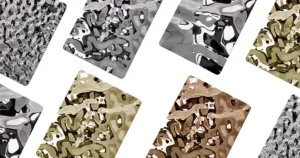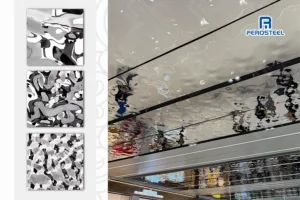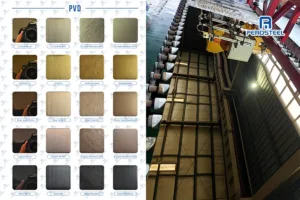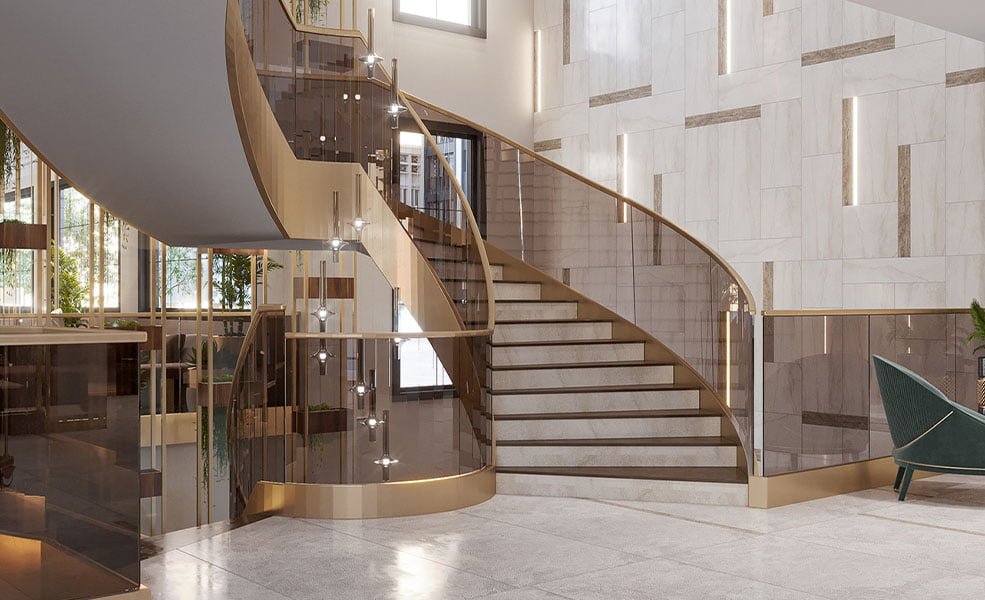
Stainless steel colors play a vital role in the world of design, offering a range of aesthetic possibilities and practical applications. From its natural silver-gray hue to an array of vibrant variations, stainless steel colors have become synonymous with modernity, sophistication, and versatility. In this blog, we will delve into the captivating world of colored stainless steel , exploring their origins, common varieties, applications in design, and tips for maintenance.
The Fundamental Characteristics of Stainless Steel
Stainless steel is renowned for its remarkable attributes, making it a preferred choice across various industries. With its exceptional corrosion resistance, durability, and strength, stainless steel provides a reliable foundation for countless applications. From industrial machinery to architectural structures and household appliances, stainless steel has become an indispensable material in our daily lives.
The Origins of Stainless Steel Colors
In its natural state, stainless steel exhibits a sleek silver-gray appearance. However, advancements in surface treatments and coatings have given rise to an exciting array of colors. These techniques allow for customization and enable designers to incorporate stainless steel colors that align with their vision and project requirements.
Common Varieties of Stainless Steel Colors

Beyond the traditional silver-gray shade,colored stainless steel have expanded to include an assortment of captivating variations. One popular option is brass, which infuses warmth and elegance into designs. Bronze tones offer a touch of antiquity, evoking a sense of timeless sophistication. For a sleek and contemporary look, black stainless steel has gained significant popularity. These variations in color provide designers with a broader palette to create captivating spaces and products.
The Application of Stainless Steel Colors in Design
Stainless steel colors have found their place in various design disciplines, including interior design, furniture manufacturing, kitchen equipment, and decorative items. In interior design, stainless steel colors bring a modern and refined aesthetic to spaces. From light fixtures to faucets, incorporating stainless steel colors can elevate the overall ambiance and create a sense of luxury. Additionally, stainless steel colors are often used in furniture design, offering sleek and durable options for both residential and commercial settings.
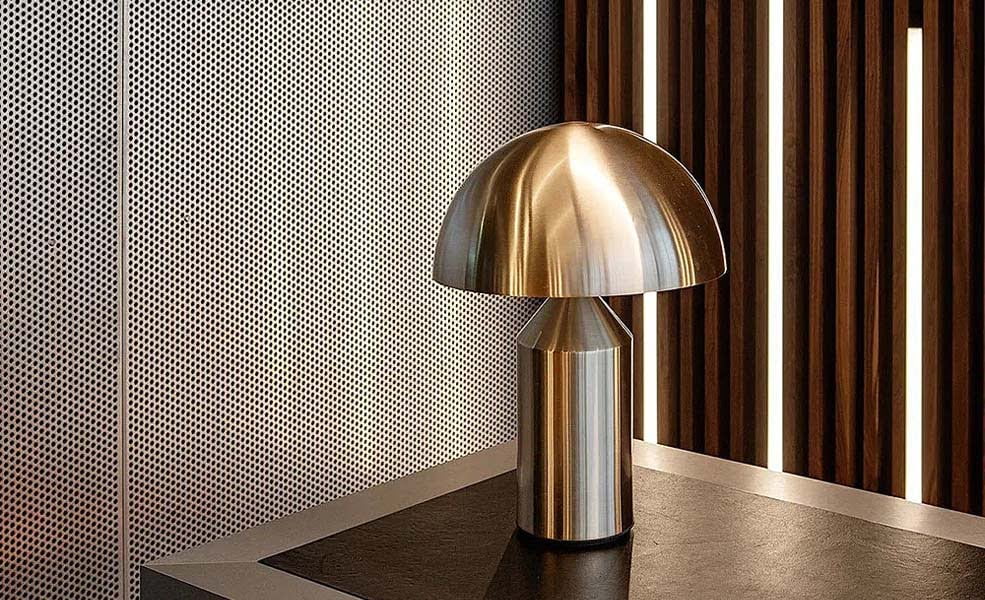
In the kitchen, stainless steel appliances have long been favored for their hygienic properties and resistance to stains. The availability of different colors allows homeowners to personalize their kitchen spaces while maintaining the functionality and durability of stainless steel. Moreover, stainless steel colors add a touch of sophistication to decorative items, such as sculptures, vases, and ornaments, making them stand out in any setting.
Maintenance and Protection of Colored Stainless Steel
To keep stainless steel colors looking their best, proper maintenance is essential. Regular cleaning with mild soapy water and a soft cloth can remove dirt and maintain the luster of the surface. It is crucial to avoid abrasive cleaners or scrubbing tools that may scratch or damage the stainless steel. Additionally, protective coatings or sealants can be applied to enhance the longevity of the color and protect it from external factors.
The world of stainless steel colors offers an exciting playground for designers and enthusiasts alike. From its inherent durability to the spectrum of captivating hues, colored stainless steel continue to inspire and elevate design projects. By understanding the origins, exploring the varieties, and embracing their applications, one can unlock the full potential of stainless steel colors in creating stunning and timeless designs.
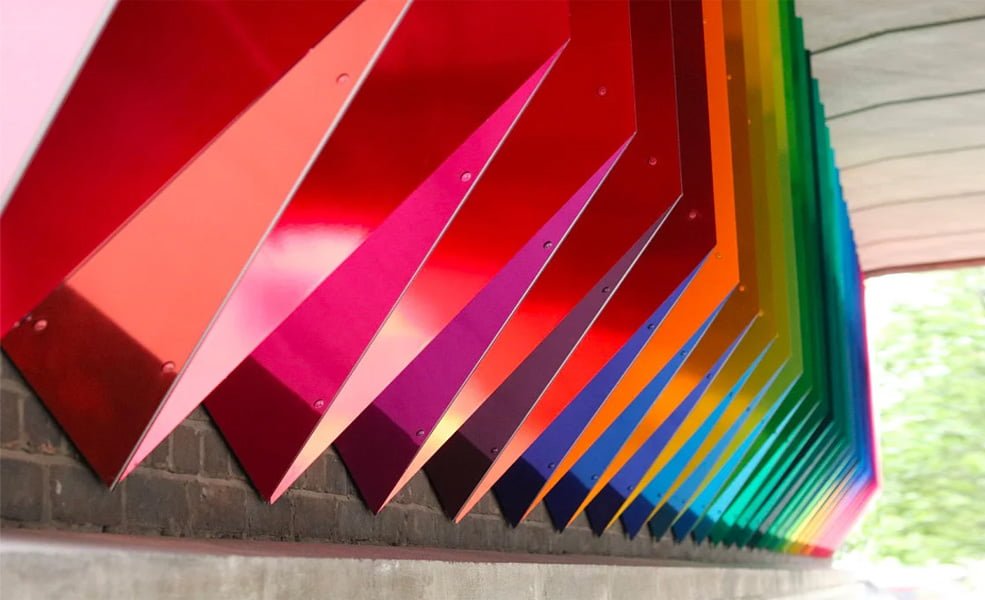
Through the careful selection, maintenance, and appreciation of stainless steel colors, designers can bring forth a harmonious blend of aesthetics and functionality, ensuring spaces and products that stand the test of time. So, why not explore the captivating world of stainless steel colors and unleash your creativity to craft extraordinary designs?
Frequently Asked Question
Can you color stainless steel?
Yes, it is possible to color stainless steel. While stainless steel is commonly known for its silver-gray color, various techniques can be employed to introduce different colors to the material’s surface. These techniques include physical vapor deposition (PVD) coating, chemical coloring, and electrochemical coloring.
What color is stainless steel?
The natural color of stainless steel is silver-gray. This color is a result of the composition and surface finish of the material. However, stainless steel can be treated or coated to achieve a wide range of colors, including brass, bronze, black, gold, and even vibrant hues like blue or green.
How to color stainless steel?
There are several methods to color stainless steel, depending on the desired effect and application. Some common techniques include:
Physical Vapor Deposition (PVD) Coating: This process involves depositing a thin film of metal or compound onto the stainless steel surface, resulting in a variety of colors and finishes.
Chemical Coloring: By applying chemical solutions or pastes to the stainless steel surface, it is possible to achieve a range of colors through oxidation or reaction with the metal.
Electrochemical Coloring: Also known as anodizing, this process involves using an electric current to stimulate the formation of a colored oxide layer on the stainless steel surface.
Will the colored finish on stainless steel fade or wear off over time?
The durability of the colored finish on stainless steel depends on the specific coloring method used and the level of protection applied. PVD coatings are generally more resistant to fading and wear, offering long-lasting color stability. However, certain factors like exposure to harsh chemicals or abrasive cleaning methods can potentially affect the longevity of the color. It is advisable to follow proper maintenance and care instructions to ensure the color retains its vibrancy over time.

